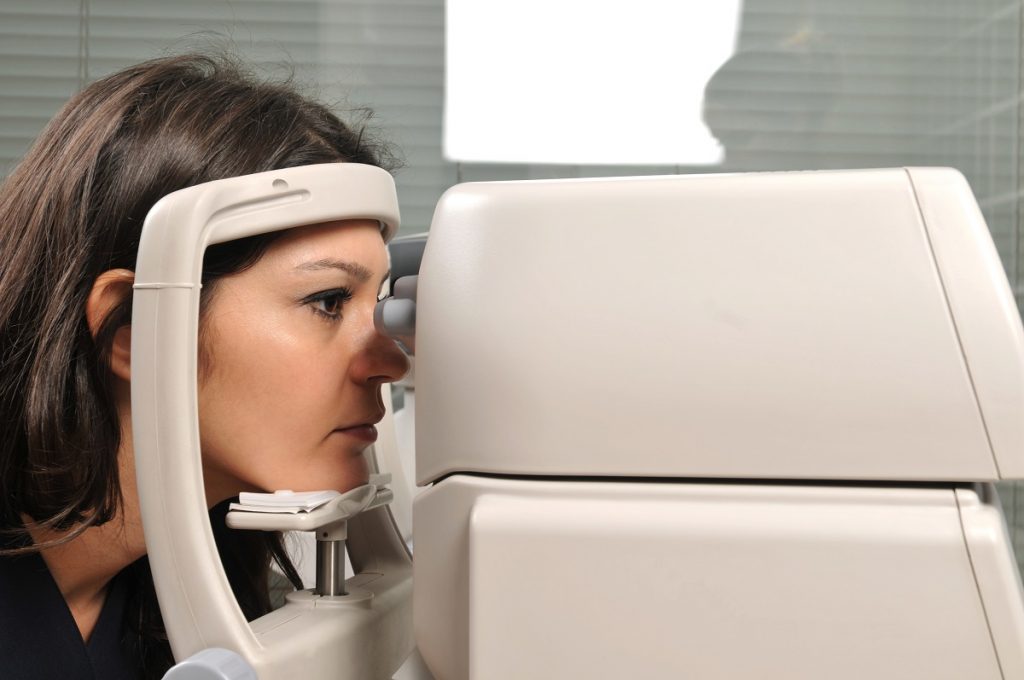How Do I Qualify for Laser Eye Surgery?
More often than not, LASIK surgeons in Orange County encounter a wide array of misconceptions that patients have prior to a LASIK consultation. Some people think that they need drastically poor vision to qualify, while others are afraid that their prescription is too strong to be permanently corrected. The truth is that LASIK works for many different eye conditions and prescription types.

While LASIK can improve visual acuity, a patient’s initial measurement is not the sole determiner of their eligibility at a LASIK clinic in Orange County. LASIK doctors will perform a thorough examination of a patient’s eye and eye health history before confirming that their refractive error is within a treatable range.
In order to obtain 20/20 vision, either naturally or through laser vision correction, a person’s cornea must be shaped in such a manner as to properly focus incoming light rays to the retina through refraction. The retina can then convert these rays into electrochemical impulses, which are sent to the brain to interpret. When the cornea or lens is misshapen, this is when refractive errors like nearsightedness, farsightedness, and astigmatism occur. Fortunately, all three of these conditions may be treated by an experienced Orange County LASIK surgeon.
According to eye care professionals, refractive errors are measured in a unit called diopters. These represent the strength of your eye’s natural lens. Most LASIK technology can treat prescriptions within the following ranges: up to -11.00 diopters of nearsightedness, up to +5.00 diopters of farsightedness, and up to 5.00 diopters of astigmatism. These standards may vary depending on the strength of the laser technology, the experience of the surgeon, and any underlying health issues that the patient may have. The best way to learn if you qualify for the procedure is to visit a LASIK clinic and have an eye examination by a professional.
Many LASIK doctors will also stipulate that a patient’s vision should not have changed by more than 0.5 diopters within a single year to qualify for the procedure. This is to ensure that an individual’s prescription is stable before undergoing the surgery. However, this standard may not be strictly observed depending on other factors of the patient’s eye health. Here are some of the other elements that a LASIK professional will look at during an eye examination:
- Cornea thickness – Patients with thinner corneas may not qualify for LASIK. However, they may qualify for an alternate refractive surgery like PRK.
- Pupil size – Patients with larger pupils are more likely to develop side effects such as halos and glares. An eye care professional will determine if your pupils are the right size for a procedure like LASIK.
- Eye health – Patients with dry eye, cataracts, or glaucoma will have their conditions seriously analyzed before determining their eligibility for LASIK.
- Pregnancy – Patients who are pregnant or nursing may not qualify for LASIK because of hormonal shifts that affect the eye. Dry eye conditions are much more common. Medications used for the procedure may also not be safe for those who are nursing or pregnant.